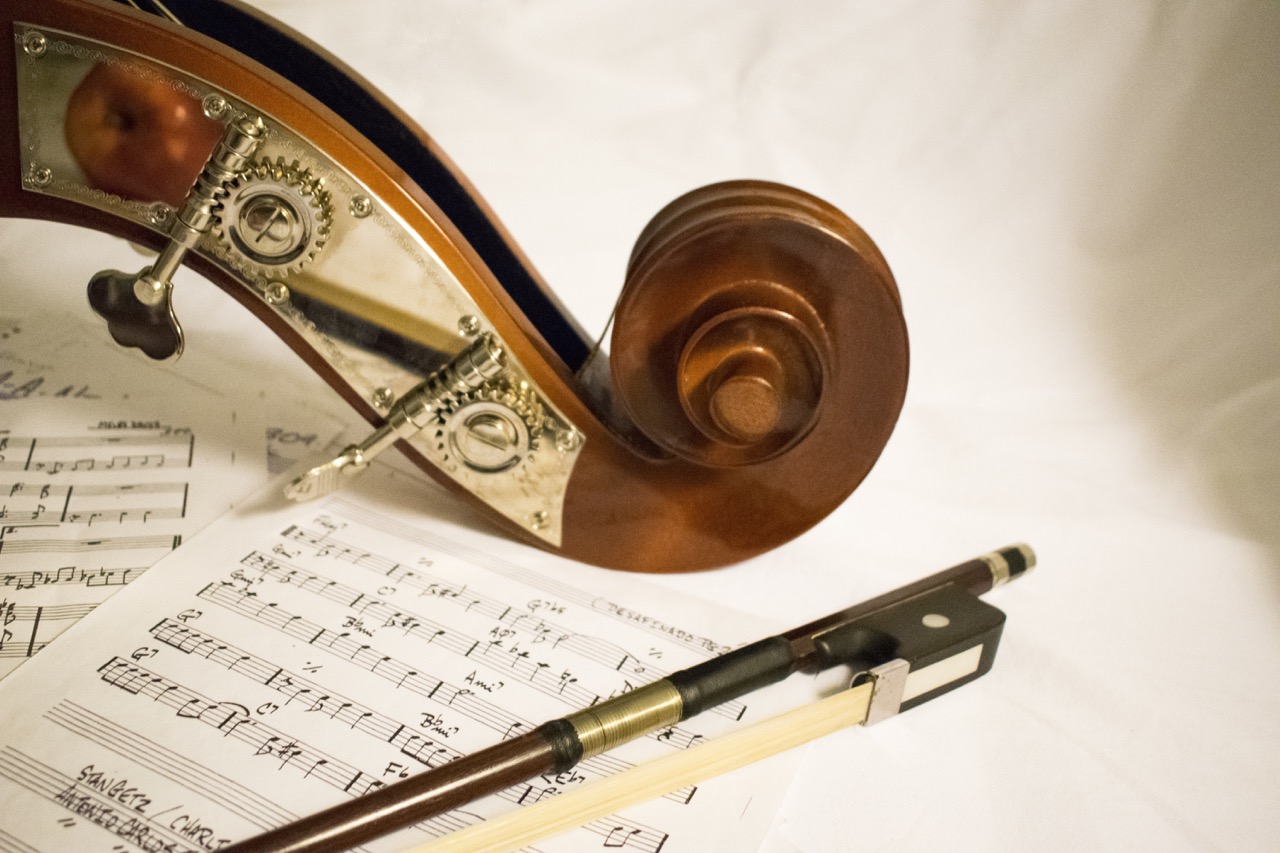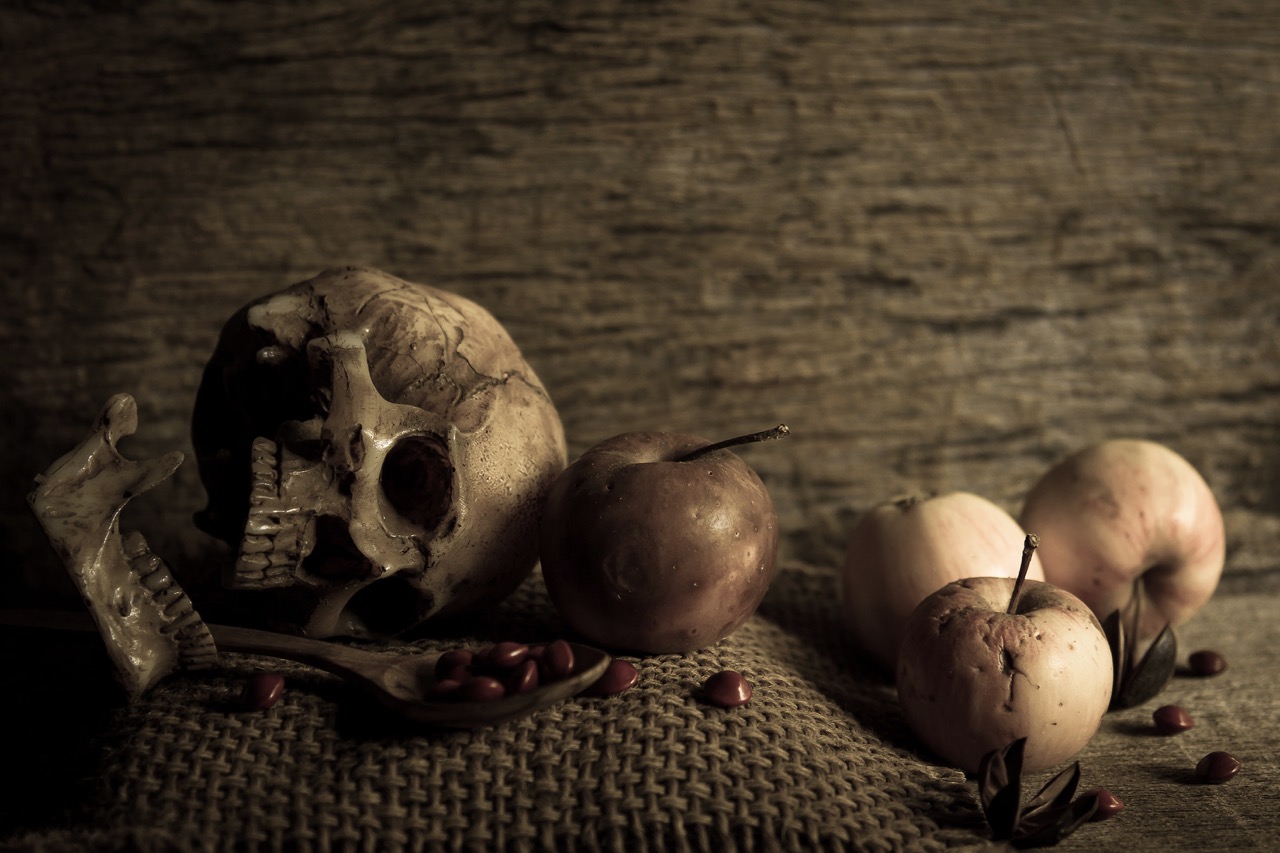Still life is a genre of art and photography that focuses on inanimate objects, such as flowers, fruits, books, or household items. The term “still life” comes from the Dutch word “stilleven,” which means “silent life.” Still life photography is a popular and versatile genre that allows photographers to explore the beauty and complexity of ordinary objects in a creative and expressive way.
It can be done in a studio or in a natural setting, and can be arranged or captured spontaneously. The goal of still life photography is to create a striking and memorable image that captures the essence of the object and conveys a specific mood or emotion. This can be achieved through the use of lighting, composition, and color, as well as through post-processing techniques such as cropping, contrast adjustment, and color grading.
In still life photography, the objects themselves often hold symbolic or metaphorical meaning, and can be used to convey a deeper message or theme. For example, a wilted flower can represent the fragility of life, while a stack of books can represent the power of knowledge and learning. Still life photography can also be used to showcase the beauty and complexity of everyday objects, highlighting their unique textures, colors, and shapes.

From drawing to photography
Still life drawing and photography are two distinct mediums that share many similarities, but also have important differences. Here are some of the key differences between still life drawing and photography:

Tools and materials: In still life drawing, the artist typically uses pencils, charcoal, or other drawing materials to create the image. In still life photography, the photographer uses a camera and lens to capture the image. This difference in tools and materials can have a significant impact on the final result.
Lighting: In still life drawing, the artist can control the lighting by adjusting the position of the object and the placement of the light source. In still life photography, lighting can be more challenging, as the photographer must work with natural light or artificial lighting setups to create the desired effect.
Composition: Composition is important in both still life drawing and photography, but the process of composing a photo is often more complex. In still life photography, the photographer must consider the placement of the objects, the background, and the lighting, as well as the angle and perspective of the camera.

- Realism: In still life drawing, the artist can create a highly realistic or stylized image, depending on their preference. In still life photography, the photographer must work with the limitations of the camera and lens to capture the image, which can sometimes result in a less realistic representation of the object.
Main tips for taking still life photos
- Lighting: Lighting is one of the most important factors in still life photography. Consider using natural light or artificial lighting setups to create the desired effect. Use diffusers or reflectors to control the intensity of the light and to avoid harsh shadows.
Composition: Composition is key in still life photography. Consider the placement of the objects, the background, and the angle and perspective of the camera. Use lines, shapes, and patterns to create visual interest and balance in the image.
Props and accessories: Props and accessories can add depth and interest to a still life photo. Consider using items that complement the main object, such as flowers, books, or other household items.
Textures and details: Still life photos often rely on textures and details to create visual interest. Consider the texture of the objects, and use shallow depth of field to draw attention to specific details.

Color: Color can be used to create a mood or emotion in still life photography. Consider the colors of the objects and the background, and use color grading tools during post-processing to enhance the final result.
Experiment: Still life photography is a great opportunity to experiment with different techniques and styles. Try different angles, lighting setups, and compositions to create a unique and expressive image.
Overall
Still life photography is a beautiful and expressive genre that allows photographers to explore the beauty and complexity of ordinary objects. Whether arranged or captured spontaneously, still life photos can convey a specific mood or emotion and can be used to tell a deeper story or convey a deeper meaning.
